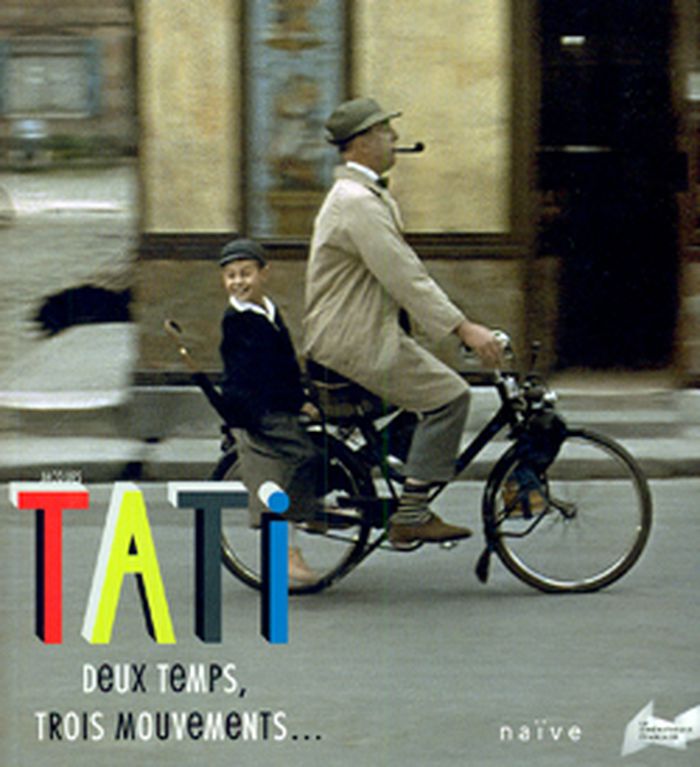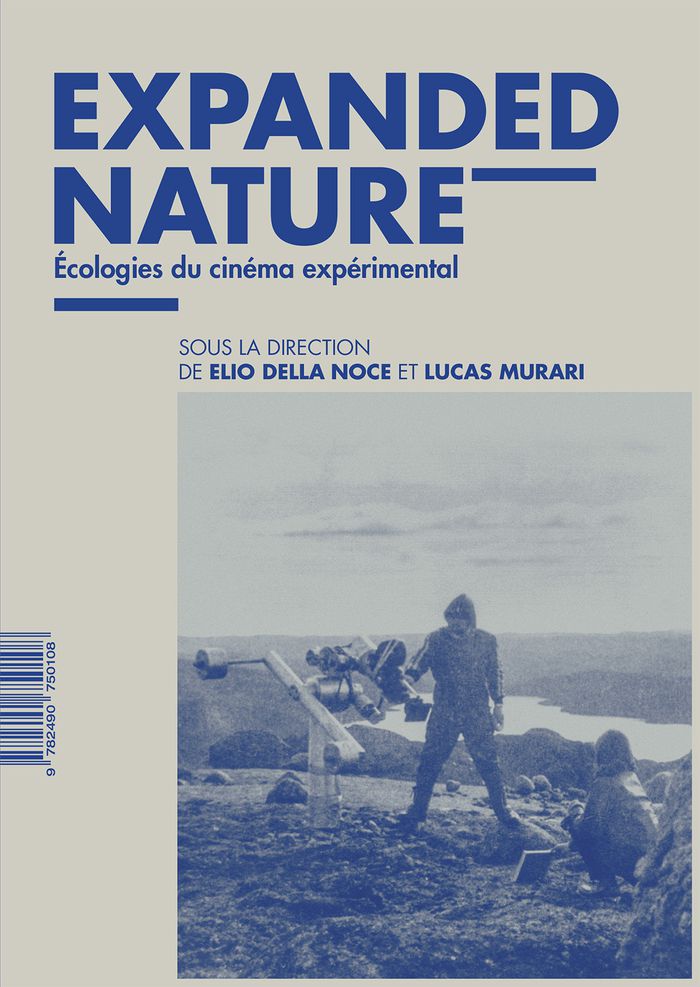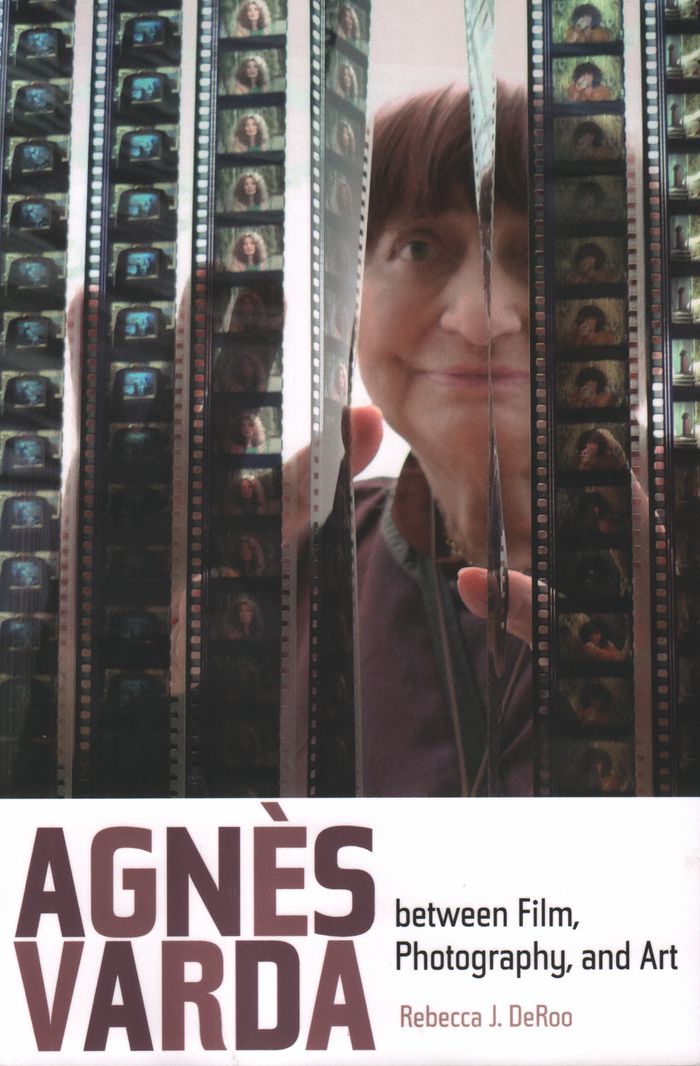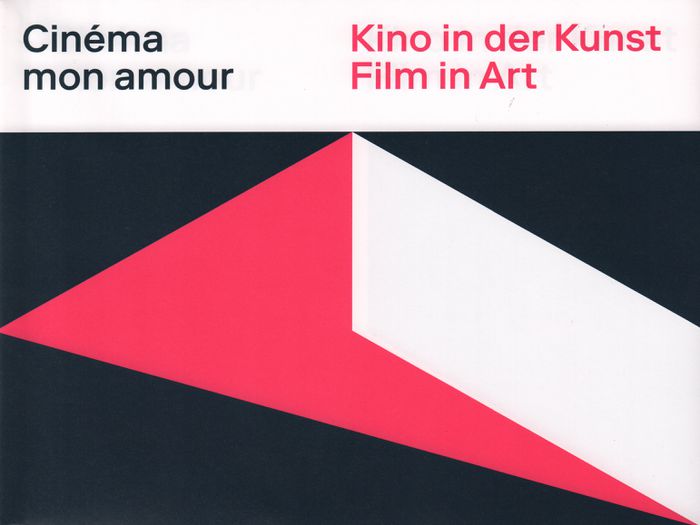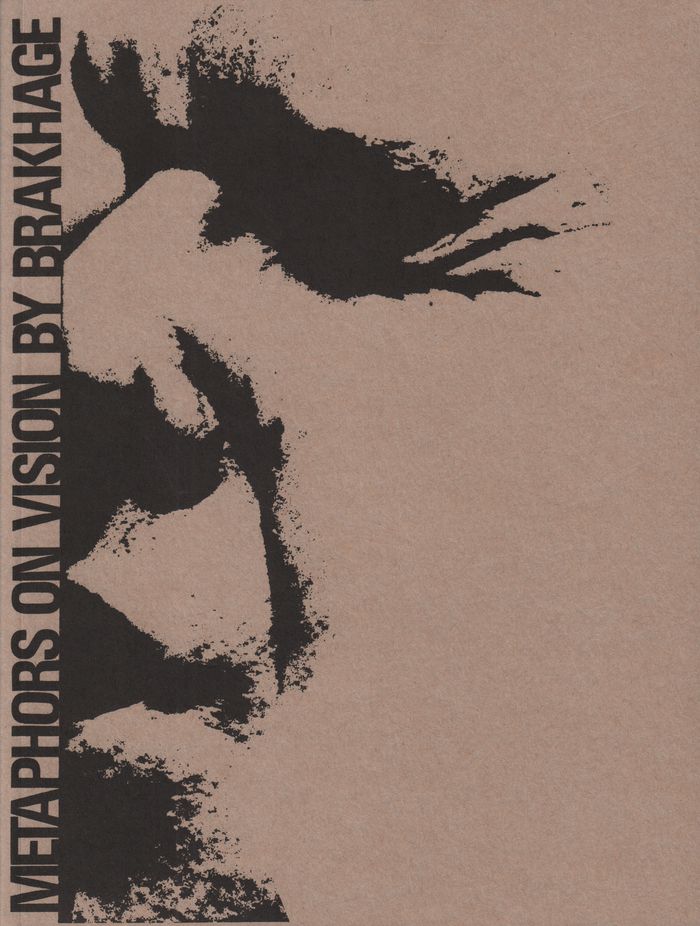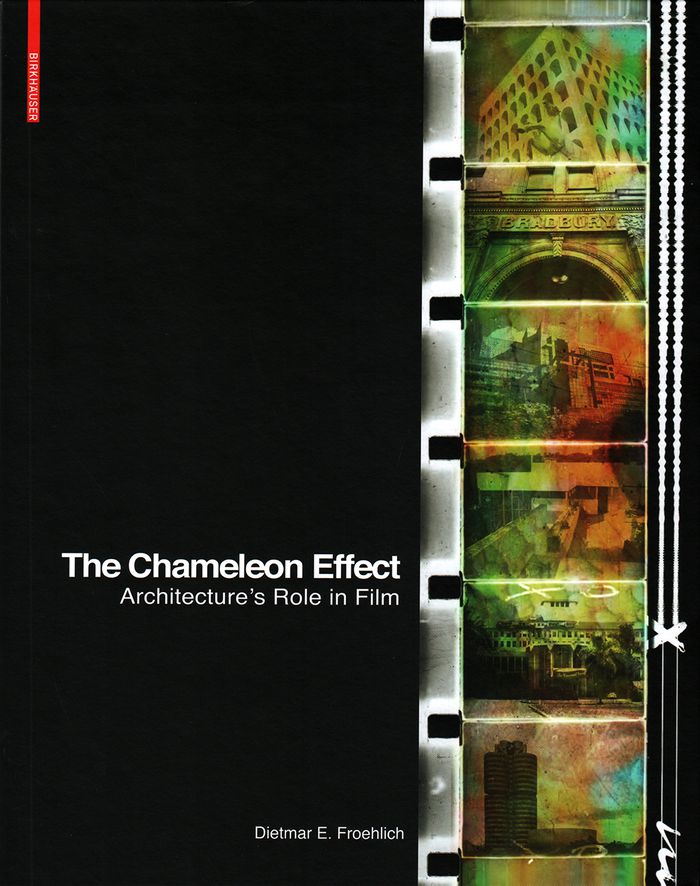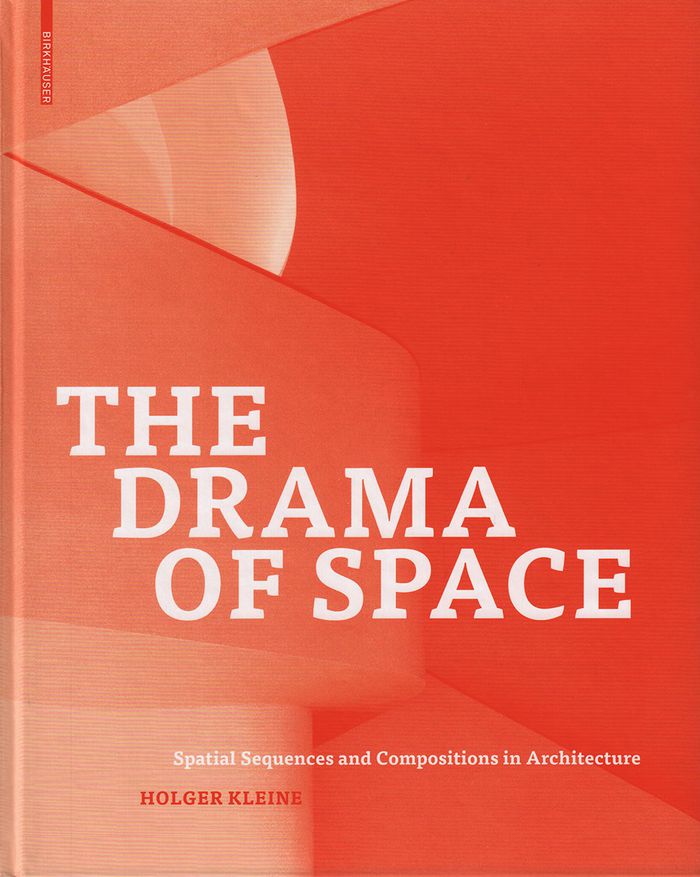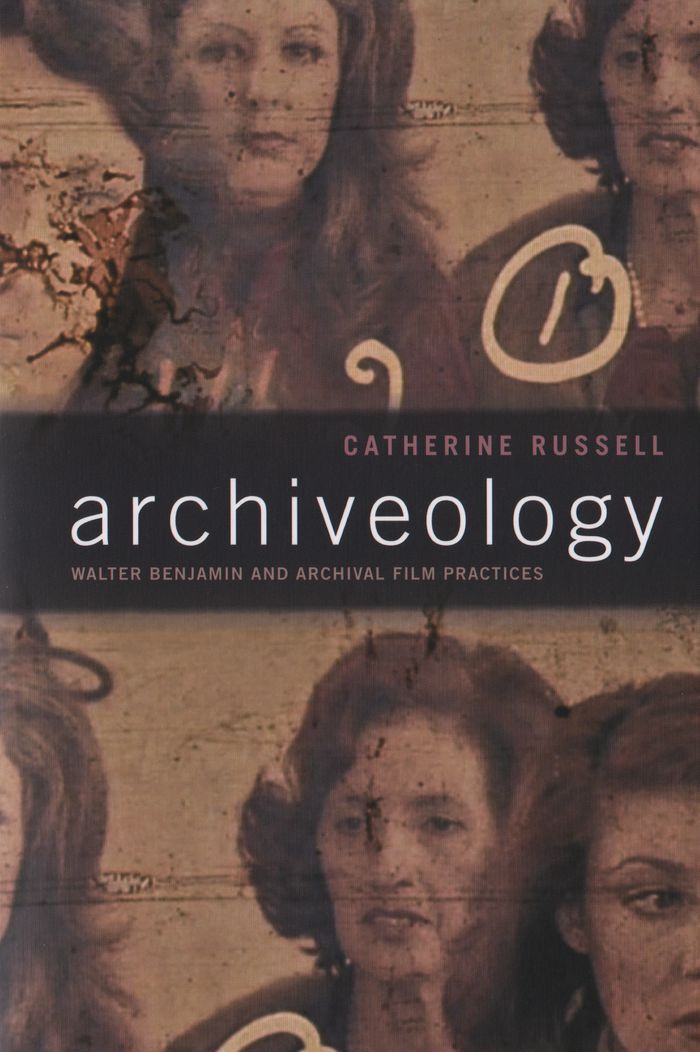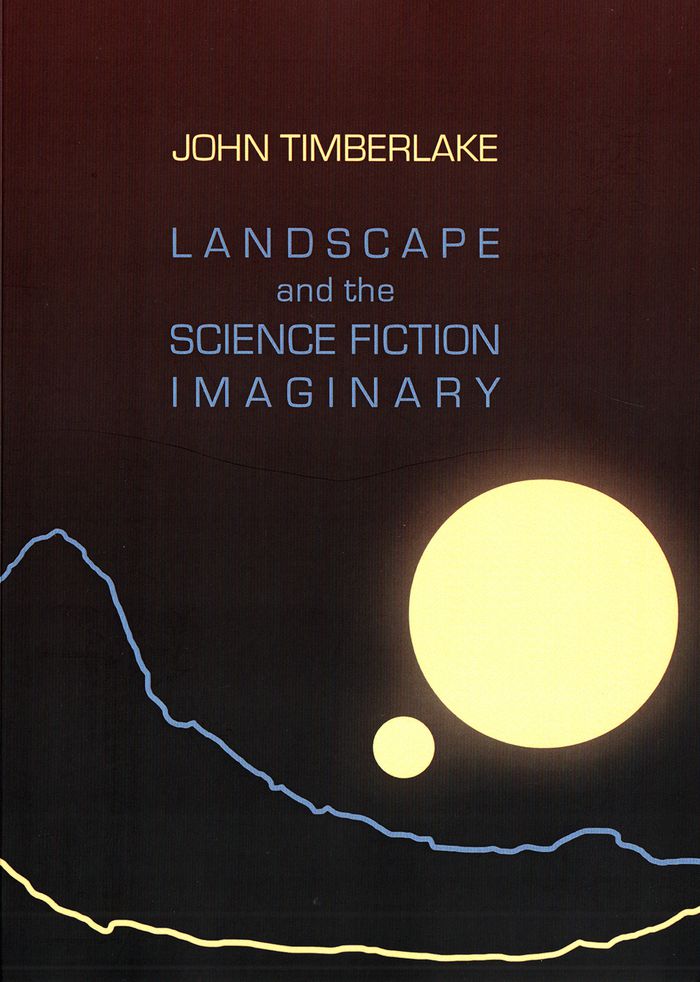$78.95
(disponible sur commande)
Résumé:
Des artistes de différents horizons témoignent de leur attachement à l’œuvre de Jacques Tati ( Pierre Étaix, David Lynch, Olivier Assayas, Jean-Claude Carrière, Sempé, Philippe Delerm, Jean-Philippe Toussaint…). Si le livre reproduit les objets, souvenirs, photogrammes des films rassemblés dans l’exposition que la Cinémathèque française consacre au cinéaste, il est,(...)
mai 2009
Jacques Tati: deux temps, trois mouvements
Actions:
Prix:
$78.95
(disponible sur commande)
Résumé:
Des artistes de différents horizons témoignent de leur attachement à l’œuvre de Jacques Tati ( Pierre Étaix, David Lynch, Olivier Assayas, Jean-Claude Carrière, Sempé, Philippe Delerm, Jean-Philippe Toussaint…). Si le livre reproduit les objets, souvenirs, photogrammes des films rassemblés dans l’exposition que la Cinémathèque française consacre au cinéaste, il est, au-delà d’un catalogue, une création graphique, un objet ludique qui réussit à restituer l’esprit et la fantaisie si singulière de Tati.
$55.00
(disponible en magasin)
Résumé:
Si les cinéastes expérimentaux « élargissent » le champ artistique par une exploration des puissances, des modes de diffusion ou même de performance de l'image animée, à l'ère de l'Anthropocène, ces pratiques contiennent l'espoir d'une toute autre expansion : élargir notre expérience de la nature.
avril 2022
Expanded Nature : Écologies du cinéma expérimental
Actions:
Prix:
$55.00
(disponible en magasin)
Résumé:
Si les cinéastes expérimentaux « élargissent » le champ artistique par une exploration des puissances, des modes de diffusion ou même de performance de l'image animée, à l'ère de l'Anthropocène, ces pratiques contiennent l'espoir d'une toute autre expansion : élargir notre expérience de la nature.
$53.95
(disponible sur commande)
Résumé:
This book offers intersectional, intergenerational, and international perspectives on nonfiction film- and videomaking by and about women, examining practices that range from activist documentaries to avant-garde experiments. Concentrating primarily on the period between the 1970s and 1990s, the contributions revisit major figures, contexts, and debates across a(...)
Feminist worldmaking and the moving image
Actions:
Prix:
$53.95
(disponible sur commande)
Résumé:
This book offers intersectional, intergenerational, and international perspectives on nonfiction film- and videomaking by and about women, examining practices that range from activist documentaries to avant-garde experiments. Concentrating primarily on the period between the 1970s and 1990s, the contributions revisit major figures, contexts, and debates across a polycentric, global geography. They explore how the moving image has been a crucial terrain of feminist struggle—a way of not only picturing the world but remaking it. The contributors consider key decolonial filmmakers, including Trinh T. Minh-ha and Sarah Maldoror; explore collectively produced films with ties to women's liberation movements in different countries; and investigate the cinematic expressions of tensions and alliances between feminism and anti-imperialist struggles. They grapple with the need for a broader more inclusive definition of the term ''feminism''; meditate on the figure of the grandmother; reflect on realist aesthetics; and ask what a feminist film historiography might look like.
$46.00
(disponible sur commande)
Résumé:
Agnès Varda is a prolific film director, photographer, and artist whose cinematic career spans more than six decades. Today she is best known as the innovative “mother” of the French New Wave film movement of the 1950s and '60s and for her multimedia art exhibitions. Varying her use of different media, she is a figure who defies easy categorization. In this extensively(...)
Agnes Varda: between film, photography and art
Actions:
Prix:
$46.00
(disponible sur commande)
Résumé:
Agnès Varda is a prolific film director, photographer, and artist whose cinematic career spans more than six decades. Today she is best known as the innovative “mother” of the French New Wave film movement of the 1950s and '60s and for her multimedia art exhibitions. Varying her use of different media, she is a figure who defies easy categorization. In this extensively researched book, Rebecca J. DeRoo demonstrates how Varda draws upon the histories of art, photography, and film to complicate the overt narratives in her works and to advance contemporary cultural politics. Based on interviews with Varda and unparalleled access to Varda's archives, this interdisciplinary study constructs new frameworks for understanding one of the most versatile talents in twentieth and twenty-first century culture.
$69.95
(disponible sur commande)
Résumé:
Art and film are the subject of a recent exhibition at one of the leading Swiss art museums, Aargauer Kunsthaus, featuring works by internationally acclaimed artists who engaged with themes surrounding film in art. "Cinéma mon amour" brings together works by Martin Arnold, John Baldessari, Fiona Banner, Marc Bauer, Pierre Bismuth, Candice Breitz, Janet Cardiff and George(...)
août 2017
Cinéma mon amour: film in art
Actions:
Prix:
$69.95
(disponible sur commande)
Résumé:
Art and film are the subject of a recent exhibition at one of the leading Swiss art museums, Aargauer Kunsthaus, featuring works by internationally acclaimed artists who engaged with themes surrounding film in art. "Cinéma mon amour" brings together works by Martin Arnold, John Baldessari, Fiona Banner, Marc Bauer, Pierre Bismuth, Candice Breitz, Janet Cardiff and George Bures Miller, collectif_fact, Tacita Dean, Stan Douglas, Thomas Galler, Christoph Girardet and Matthias Müller, Douglas Gordon, Teresa Hubbard and Alexander Birchler, Samson Kambalu, Daniela Keiser, Urs Lüthi, Philippe Parreno, Julian Rosefeldt, Hiroshi Sugimoto, Sam Taylor-Johnson, and Mark Wallinger, alongside essays that discuss topics such as the film industry, found footage, specific movies and genres, the mechanisms of film, cinema as space, and the filmmaker’s gaze.
$52.50
(disponible sur commande)
Résumé:
Originally published in 1963 by Jonas Mekas as a special issue of "Film Culture", and designed by George Maciunas, Stan Brakhage’s (1933–2003) classic "Metaphors on vision" stands as the major theoretical statement by one of avant-garde cinema’s most influential figures, a treatise on mythopoeia and the nature of visual experience written in a style as idiosyncratic as(...)
Stan Brakhage: metaphors on vision
Actions:
Prix:
$52.50
(disponible sur commande)
Résumé:
Originally published in 1963 by Jonas Mekas as a special issue of "Film Culture", and designed by George Maciunas, Stan Brakhage’s (1933–2003) classic "Metaphors on vision" stands as the major theoretical statement by one of avant-garde cinema’s most influential figures, a treatise on mythopoeia and the nature of visual experience written in a style as idiosyncratic as his art. Long out of print, the volume is now available in this definitive edition from Anthology Film Archives and Light Industry, featuring Brakhage’s complete text in its distinctive original layout, as well as annotations by scholar P. Adams Sitney.
$108.95
(disponible sur commande)
Résumé:
Architecture and film have many things in common they have formed a symbiosis since the beginning of cinema. Conversely, film with its multifaceted changing atmospheres reveals new layers of architecture which, outside the cinema, would remain concealed. This book offers architecture lovers and cineasts a scientifically researched history of mutual influence.
The chameleon effect: architecture's role in film
Actions:
Prix:
$108.95
(disponible sur commande)
Résumé:
Architecture and film have many things in common they have formed a symbiosis since the beginning of cinema. Conversely, film with its multifaceted changing atmospheres reveals new layers of architecture which, outside the cinema, would remain concealed. This book offers architecture lovers and cineasts a scientifically researched history of mutual influence.
$95.00
(disponible sur commande)
Résumé:
The experience of architectural spaces is formed by the way they are staged. The Drama of Space examines the composition and articulation of architectural spaces in terms of spatial dramaturgy, as a repertoire of means and strategies for shaping spatial experience. This fundamental approach to architectural design is presented in four parts: Archetypal principles of(...)
The drama of space: spatial sequences and compositions in architecture
Actions:
Prix:
$95.00
(disponible sur commande)
Résumé:
The experience of architectural spaces is formed by the way they are staged. The Drama of Space examines the composition and articulation of architectural spaces in terms of spatial dramaturgy, as a repertoire of means and strategies for shaping spatial experience. This fundamental approach to architectural design is presented in four parts: Archetypal principles of spatial composition are traced from the study of three assembly buildings of the early modern period in Venice. Theatre, film, music, and theory provide background knowledge on dramaturgy. Detailed analyses of 18 international case studies offer new perspectives on contemporary architecture. The book ends with a systematic presentation of the dramaturgy of space, its parameters and tools, in architectural design.
$44.50
(disponible sur commande)
Résumé:
In "Archiveology" Catherine Russell uses the work of Walter Benjamin to explore how the practice of archiveology-the reuse, recycling, appropriation, and borrowing of archival sounds and images by filmmakers-provides ways to imagine the past and the future. Noting how the film archive does not function simply as a place where moving images are preserved, Russell examines(...)
Archiveology: Walter Benjamin and archival film practices
Actions:
Prix:
$44.50
(disponible sur commande)
Résumé:
In "Archiveology" Catherine Russell uses the work of Walter Benjamin to explore how the practice of archiveology-the reuse, recycling, appropriation, and borrowing of archival sounds and images by filmmakers-provides ways to imagine the past and the future. Noting how the film archive does not function simply as a place where moving images are preserved, Russell examines a range of films alongside Benjamin's conceptions of memory, document, excavation, and historiography. She shows how city films such as Nicole Vedres's Paris 1900 (1947) and Thom Andersen's Los Angeles Plays Itself (2003) reconstruct notions of urban life and uses Christian Marclay's The Clock (2010) to draw parallels between critical cinephilia and Benjamin's theory of the phantasmagoria. Russell also discusses practices of collecting in archiveological film and rereads films by Joseph Cornell and Rania Stephan to explore an archival practice that dislocates and relocates the female image in film. In so doing, she not only shows how Benjamin's work is as relevant to film theory as ever; she shows how archiveology can awaken artists and audiences to critical forms of history and memory.
$42.95
(disponible sur commande)
Résumé:
There has been plenty of scholarship on science fiction over the decades, but it has left one crucial aspect of the genre all but unanalysed: the visual. Ambitious and original, "Landscape and the Science Fiction Imaginary" corrects that oversight, making a powerful argument for science fiction as a visual cultural discourse. Taking influential historical works of visual(...)
Landscape and the science fiction imaginary
Actions:
Prix:
$42.95
(disponible sur commande)
Résumé:
There has been plenty of scholarship on science fiction over the decades, but it has left one crucial aspect of the genre all but unanalysed: the visual. Ambitious and original, "Landscape and the Science Fiction Imaginary" corrects that oversight, making a powerful argument for science fiction as a visual cultural discourse. Taking influential historical works of visual art as starting points, along with illustrations, movie matte paintings, documentaries, artist’s impressions and digital environments, John Timberlake focuses on the notion of science fiction as an 'imaginary topos', one that draws principally on the intersection between landscape and historical/prehistorical time. Richly illustrated, this book will appeal to scholars, students, and fans of science fiction and the remarkable visual culture that surrounds it.
